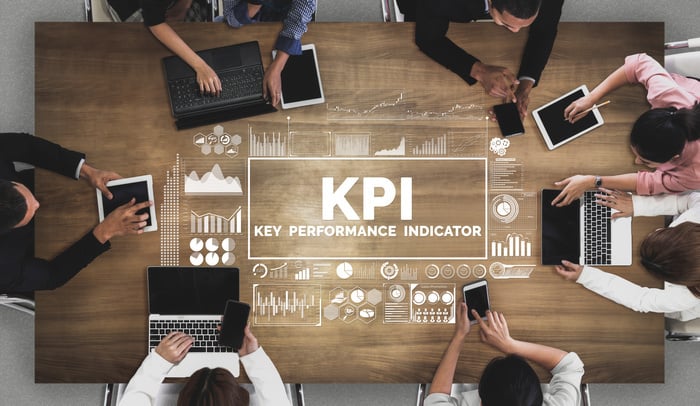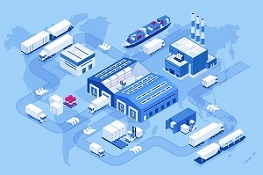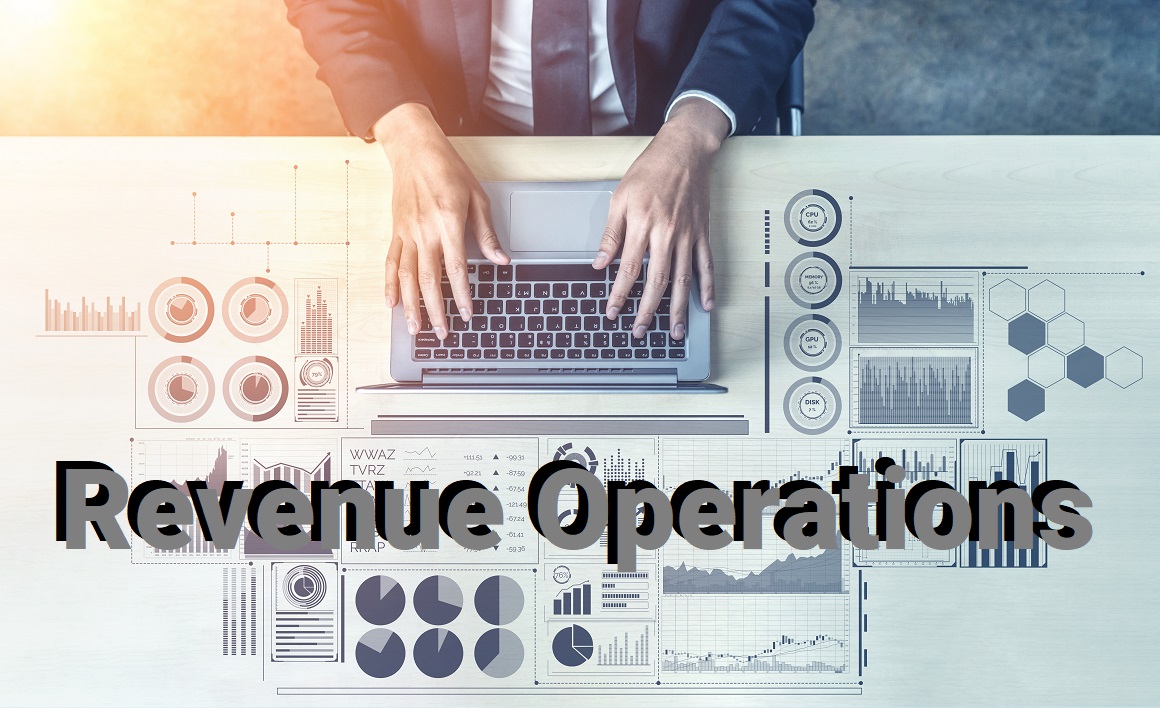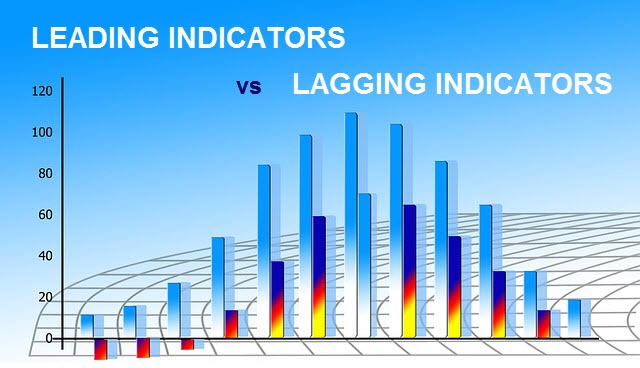When someone gives a referral, it is an honor and a gift. Every company wants and needs more referrals to grow profitable revenue. Referrals convert better, close faster, and have a higher customer lifetime value than any other type of lead.
Referrals are preferred over salespeople.
More and more buyers are avoiding salespeople during the buying process. Sales reps, according to Forrester, tend to prioritize a sales agenda over solving a customer’s problem.
If organizations don’t change their outdated thinking and create effective sales models for today’s digital era, Forrester warns that 1 million B2B salespeople will lose their jobs to self-service e-commerce by 2020.
Salespeople Must Adapt
Salespeople must adapt to new culture and the new world of media to research, prospect, and network by sharing educational content and answering questions. As a result, they’re able to build relationships until prospects are ready to buy. "Solve the customer's problem" must become a mantra.
Adding a B2B Referral Strategy
A revenue growth plan dependent 100% on referrals will probably remain a dream, but achieving greater referral success doesn’t have to be out of the realm of possibility. If have satisfied customers who find value in your product and services and if you have a high Net Promoter Score – you may be closer to a referral engine than you think.








